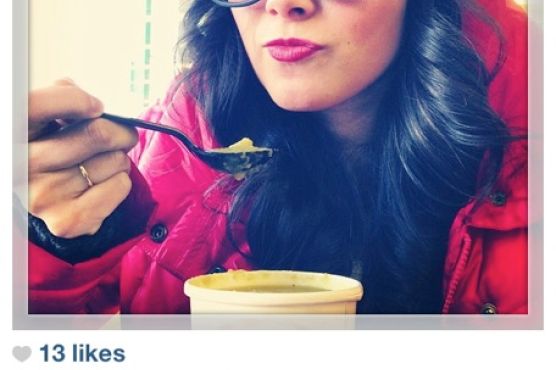Lemon Chicken Baked on a Bed of Sauerkraut – A Slow Cooker
Lemon Chicken Baked on a Bed of Sauerkraut – A Slow Cooker requires approximately 45 minutes from start to finish. For $1.14 per serving, this recipe covers 15% of your daily requirements of vitamins and minerals. One portion of this dish contains about 24g of protein, 24g of fat, and a total of 339 calories. This recipe serves 8. If you have salt and pepper, dried rosemary, ground pepper, and a few other ingredients on hand, you can make it. It works well as a rather inexpensive main course. It is brought to you by Eat at Home Cooks. 1245 people were impressed by this recipe. It is a good option if you're following a gluten free, dairy free, paleolithic, and primal diet. All things considered, we decided this recipe deserves a spoonacular score of 63%. This score is solid. Try Slow Cooker Pork and Sauerkraut, Slow Cooker Sauerkraut and Sausage, and Slow-Cooker Bratwurst with Sauerkraut and Apples for similar recipes.
Servings: 8
Ingredients:
2.5 - 3 lbs. chicken thighs or other cut
1/2 tsp. dried rosemary, crumbled
1/2 tsp. ground red pepper
3 Tbs. lemon juice
1 tsp. olive oil
salt and pepper to taste
32 oz jar sauerkraut
Equipment:
slow cooker
Cooking instruction summary:
Rinse the sauerkraut and drain. Give it a squeeze with your hands to remove extra water.Place kraut in the crockpot that has been sprayed with cooking spray.Add red pepper and rosemary and stir into the kraut.Place chicken over kraut.Mix lemon juice and olive oil. Brush on chicken, using all of the lemon juice/olive oil.Sprinkle with salt and pepper.Cook on high 5-6 hours or low 7-8 hours.
Step by step:
1. Rinse the sauerkraut and drain. Give it a squeeze with your hands to remove extra water.
2. Place kraut in the crockpot that has been sprayed with cooking spray.
3. Add red pepper and rosemary and stir into the kraut.
4. Place chicken over kraut.
5. Mix lemon juice and olive oil.
6. Brush on chicken, using all of the lemon juice/olive oil.Sprinkle with salt and pepper.Cook on high 5-6 hours or low 7-8 hours.
Nutrition Information:
covered percent of daily need















